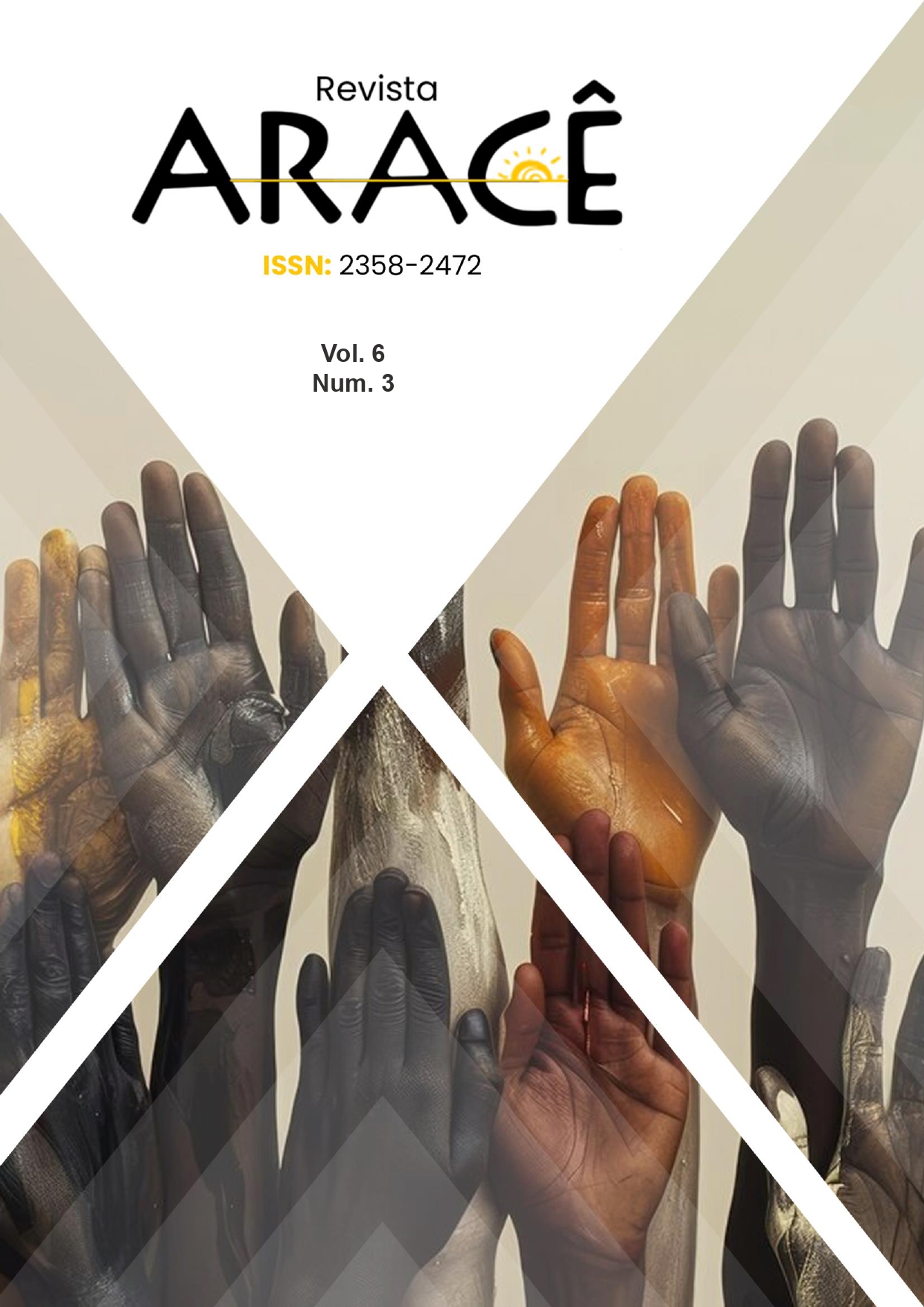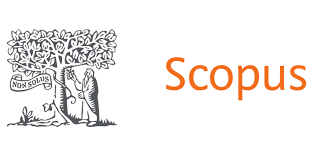GAMIFIED APPROACHES TO PHYSICS TEACHING: DIDACTIC SEQUENCE FOR THE STUDY OF SATELLITES AND GPS
DOI:
https://doi.org/10.56238/arev6n3-150Keywords:
Physics Teaching, GPS, Satellite Launch, Didactic Sequence, Meaningful Learning.Abstract
The present work addresses the use of gamification and Role Playing Game (RPG) as methodologies for teaching Physics, specifically in the study of satellites and the Global Positioning System (GPS). The issue-problem raised was the difficulty of keeping students motivated and engaged with abstract concepts of Physics in high school. The objective of the research was to develop, implement and evaluate a didactic sequence that integrates these concepts using interactive practices, with a focus on increasing students' motivation and cognitive development. The methodology was based on the references of the National Common Curricular Base (BNCC), which promotes active learning and student protagonism, and on Howard Gardner's Theory of Multiple Intelligences, which values different ways of learning. The didactic sequence, called Ultra-Secret Aerospace Mission (M.A.U.S.), used simulators, Google Maps and practical activities in a gamified context. The results indicated a significant improvement in the students' understanding of physical concepts. Engagement and motivation also grew substantially. Despite the challenges related to access to technologies, the methodology proved to be effective in teaching abstract concepts and promoting collaborative work. Findings suggest that the approach can be adapted to other disciplines and educational contexts, as well as pointing to future research on the application of emerging technologies, such as augmented reality, in teaching.






